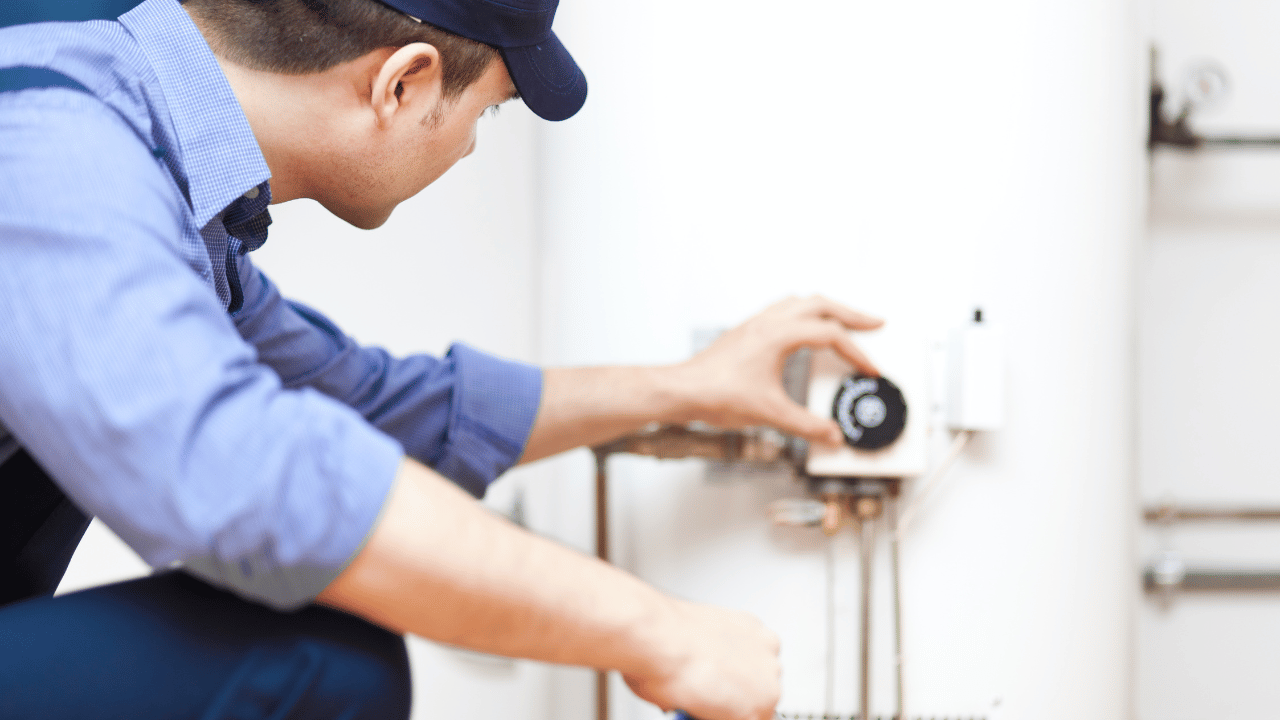Last Updated on October 21, 2023 by Pro Handyman Australia – Editorial Team
Every household relies on the consistent flow of warm water, whether it’s for a comforting morning shower, cleaning dishes, or a myriad of other daily tasks. The water heater, often tucked away and overlooked, is the silent workhorse providing this essential comfort. But what happens when the warmth fades, or when unforeseen issues arise? Before you find yourself amidst a cold surprise or facing expensive repair bills, it’s vital to understand the potential hitches and how to address them. Welcome to our comprehensive Water Heater Troubleshooting Guide, where we’ll dive deep into common problems, their root causes, and actionable solutions to ensure that your home remains a haven of warmth and convenience. Let’s turn up the heat on those water heater troubles!
Diagnosing Electric Water Heater Issues: A Comprehensive Guide
Water heaters are crucial in ensuring a constant supply of hot water in our homes. When they malfunction, it can be tempting to immediately call in professionals or even consider a replacement. However, with the right knowledge and a bit of confidence, you can diagnose and even fix certain issues with your electric water heater by yourself.
Understanding the Anatomy of Electric Water Heaters
Electric water heaters, at a glance, resemble their gas-fueled counterparts. Both types consist of an insulated storage tank jacket made of steel. Between the storage tank and the jacket is insulation, which minimizes the heat loss from the stored water. The primary distinction between the two lies in their heat source. Electric water heaters utilize upper and lower heating elements that extend into the tank to warm the water, whereas gas water heaters employ a gas burner positioned beneath the tank.
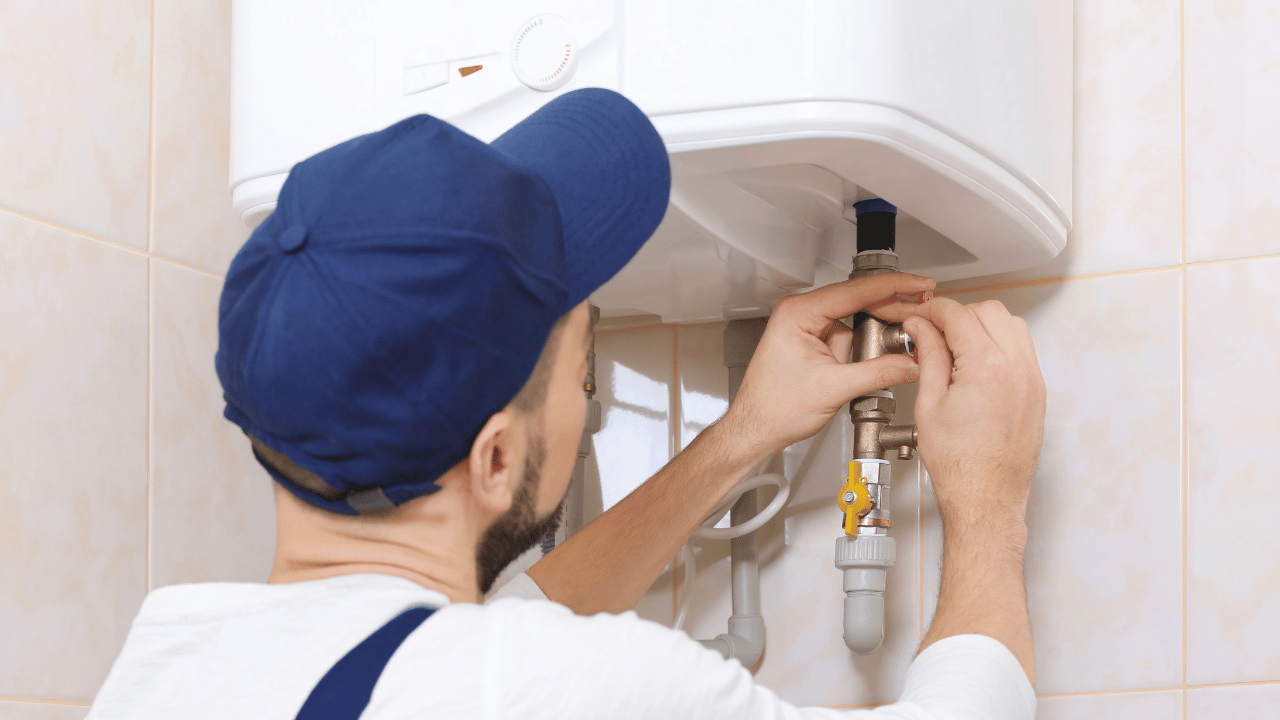
Spotting Common Issues
One of the prevalent challenges with electric water heaters is the malfunctioning of the heating element. When this component fails, the result is often a diminished or complete absence of heat. Thankfully, replacing a heating element is not only affordable but also manageable for those inclined towards DIY repairs. Other factors that might disrupt the functionality of your water heater include:
- Incorrect settings that might need adjustment.
- Excessive water pressure in your home.
- Insufficient maintenance of the water tank.
Starting Your DIY Repair: A Checklist of Common Problems and Solutions
For those who wish to embark on DIY electric water heater repairs, the following encapsulates seven typical issues and their corresponding remedies:
First and Foremost: Review the Warranty
It’s prudent to first examine your water heater’s warranty before diving into troubleshooting. Both residential and commercial units come with warranties, albeit limited. Each tank showcases a rating plate, which displays the model and serial number. This information pinpoints the manufacturing year and sheds light on the associated warranty specifics. It might even highlight the potential availability of replacement parts at a discounted rate or even free of charge.
To determine the warranty’s applicability, take a snapshot or jot down the pertinent details. In situations where your water heater exhibits telltale signs of degradation – for instance, an inconsistent hot water supply – it would be wise to reach out to the manufacturer. However, it’s essential to remember that these warranties generally exclude field labor costs.
Electric Water Heater Troubleshooting

Inadequate Hot Water Supply
- To increase the water temperature, adjust the thermostat by a small degree, ensuring you avoid sudden, large increases to prevent scalding.
- Evaluate the capacity of your water heater; if it’s insufficient for your household needs, consider upgrading to a larger unit.
- Disconnect the power by turning off the circuit breaker or fuse box. Examine the wiring for any loose connections or signs of damage.
- Inspect the heater elements and the fill tube and dip for functionality.
Hot Water Depletes Rapidly
- Inspect your water heater for sediment buildup, which can affect its efficiency.
- Ensure all wire connections are secure by turning off the power and examining them.
- Check the heater elements, thermostats, and the initial temperature. An incorrect temperature reading can affect the performance of the heater.
Complete Absence of Hot Water
- Verify if the circuit breaker or fuse box is functioning.
- Confirm your water heater is receiving power.
- Locate and press the reset button on your unit.
- Ensure the upper heating element and thermostat are operational.
Overly Hot Water
- Adjust the thermostat to a lower setting.
- Examine the thermostat for proper functionality and ensure it’s securely attached to the water heater.
Gas Water Heater Troubleshooting
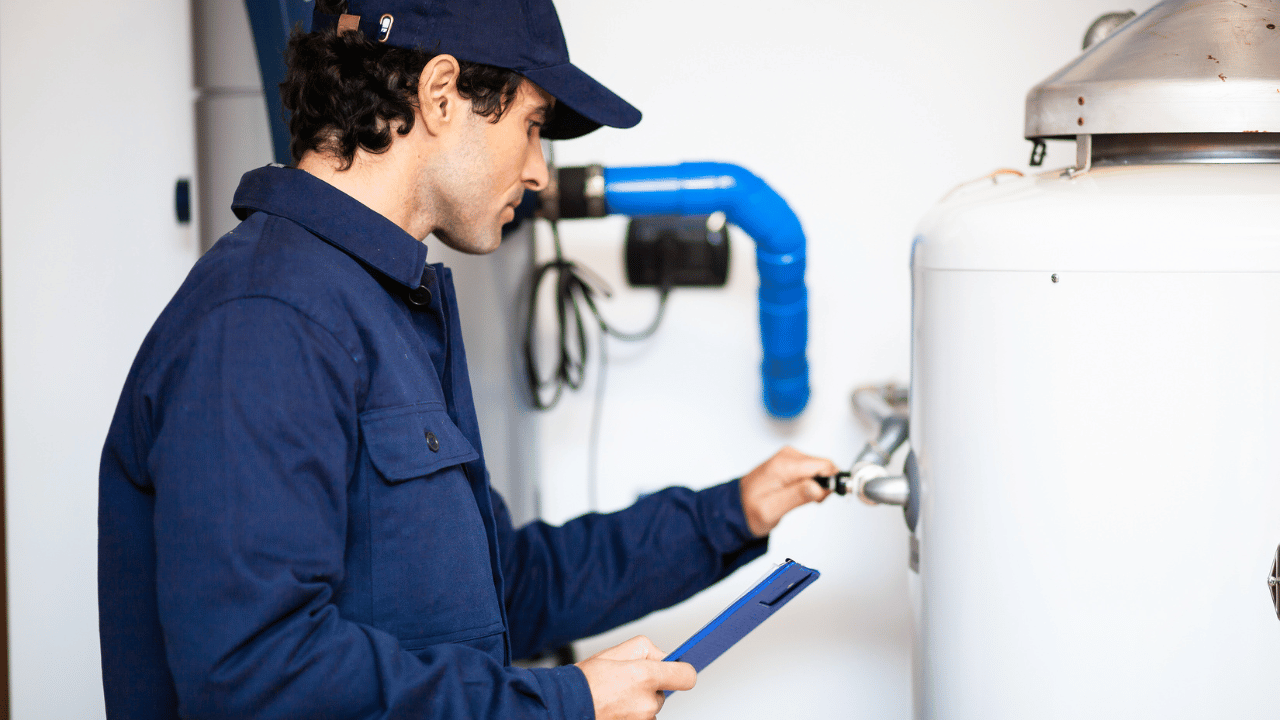
Insufficient Hot Water Supply
- To enhance the water temperature, adjust the thermostat marginally, ensuring you steer clear of scalding risks.
- If your current unit is unable to meet the demand, consider switching to a larger or more efficient gas water heater.
- If the burner orifice appears blocked, cleaning it may enhance its performance.
- If you suspect an issue with the gas pressure, it’s recommended to contact your gas service provider for assistance.
No Hot Water At All
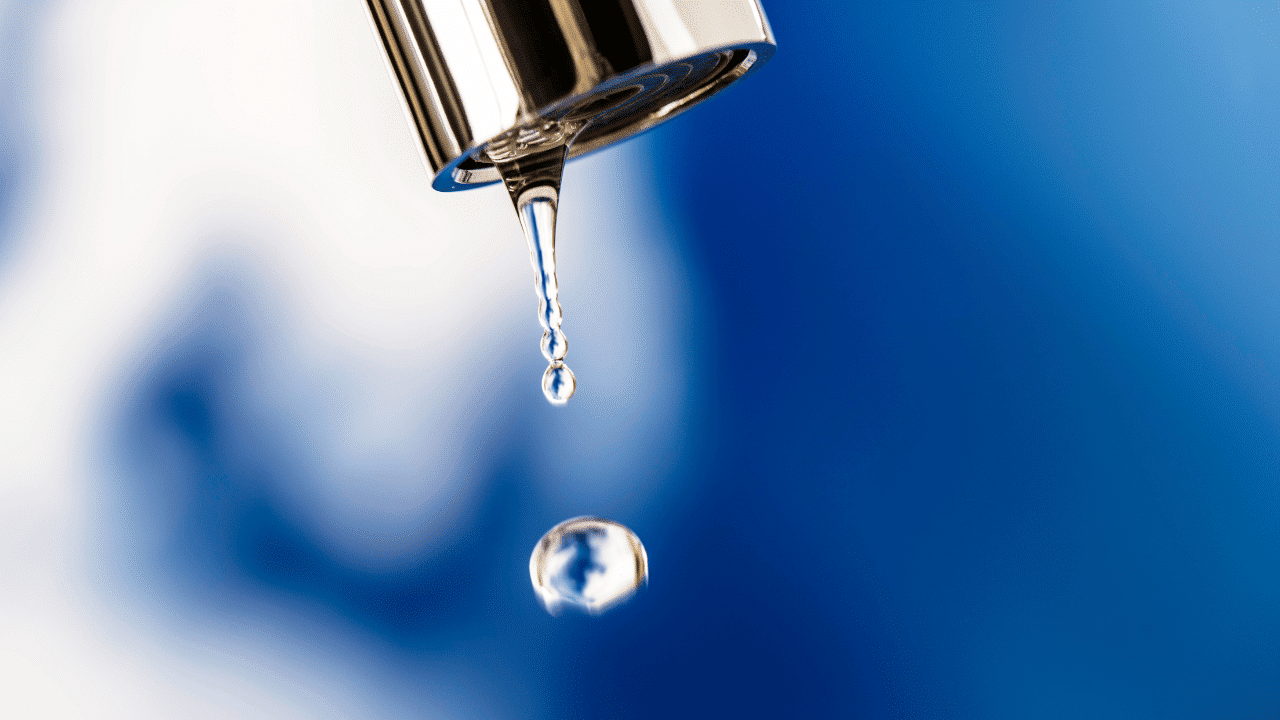
- Check the pilot light. If it’s out, it will need to be reignited, either by you or a professional.
- Ensure the gas is on by reading the gas meter and inspecting the gas cutoff valve. If the gas supply seems interrupted, contact your gas service provider.
Recurring Pilot Light Issues
- Ensure the thermocouple probe tip is positioned within the pilot flame and tightly wound at the control valve without any twists. If the pilot light still goes off frequently, consider replacing the thermocouple.
- Examine the gas control valve. Remember, a faulty gas control valve cannot be repaired and must be replaced.
- Inspect the main burner for clogs or any necessary cleaning.
- Weather conditions, particularly gusty winds, can cause the pilot light to go out due to downdrafts from the flue.
Pilot Light Fails to Ignite With Active Gas Supply
- The pilot orifice might be blocked; cleaning it could resolve the issue.
- If the pilot supply line appears blocked or bent, consider its replacement.
- Air trapped in the gas line might be a culprit. Purge the air by holding down the pilot button and attempt to relight the pilot light. If unsuccessful on the first try, give it another shot.
Addressing Foul Odors in Your Water Supply
You may find that the challenge you’re facing isn’t about the temperature of your water. Instead, every time you run a shower or fill your bath, there’s an unwelcome, distinct odor, reminiscent of rotten eggs.
Tracing the Origin: Is It the Water Heater?
Such an odor can typically arise when hot water remains stagnant in your water heater for extended periods, leading to bacterial buildup. A straightforward way to ascertain if your water heater is the culprit is to run only cold water from your taps. If the cold water is odor-free, it’s likely that your hot water heater is the source of the problem. Prolonged stagnation of warm water in the heater’s tank is the usual cause, as it promotes bacterial growth.
The Solution: Seeking Professional Assistance
Combatting this issue effectively requires a professional touch. It’s advisable to enlist the services of a plumber who can thoroughly clean and disinfect your water heater tank.
Preventive Measures: Ensuring It Doesn’t Recur
To mitigate the chances of this issue arising again, especially if you’re planning to be away from home for two weeks or longer, take proactive measures. Before departing, disconnect the gas or electricity supply to your water heater. Cold water can remain in your tank without leading to the bacterial growth that results in unpleasant odors.
Addressing a Leaking Water Heater
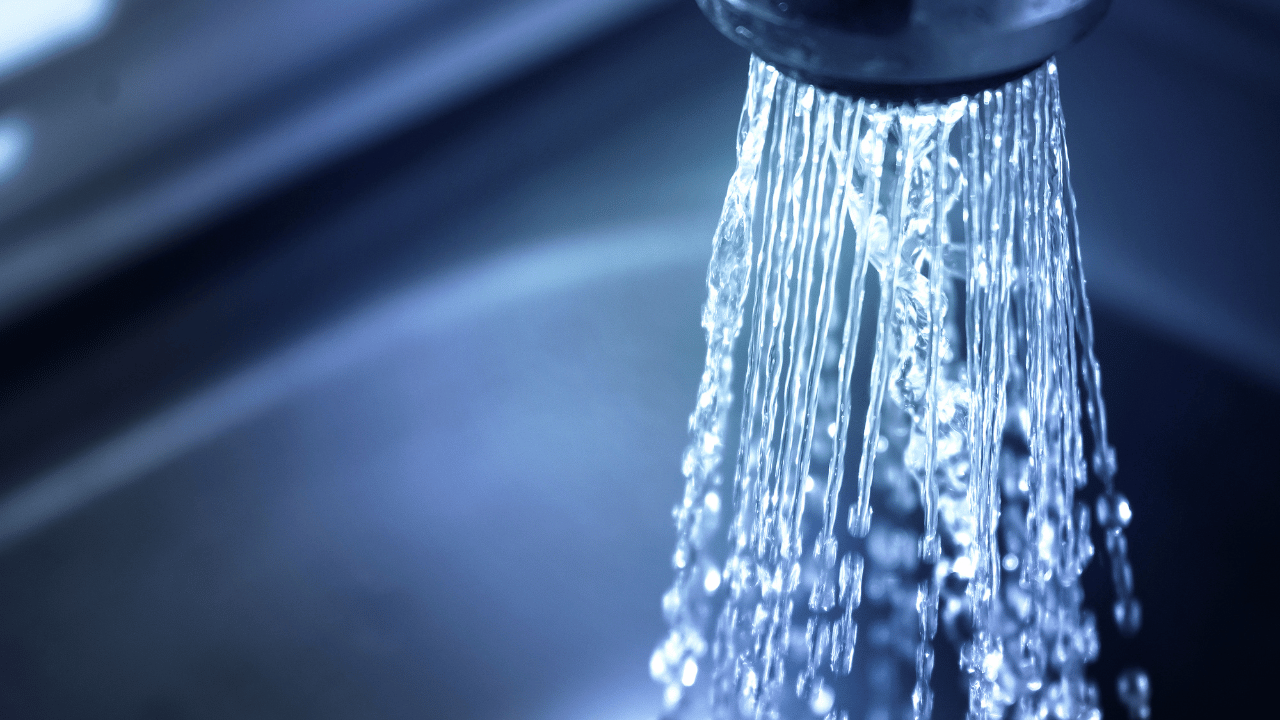
Walking into your basement, you’re met with an unwelcome sight: a puddle of water around the base of your hot water heater. This issue can be alarming and might signify a significant malfunction with your appliance.
The Likely Culprit: Assessing the Drain Valve
Often, the source of such leaks is a minor one – the drain valve. This valve plays a crucial role, enabling you to drain the water tank for maintenance, repairs, or sediment removal. If there’s water seeping from this valve, a simple fix might be at hand: tighten it. On occasion, the valve might have loosened, and securing it could rectify the issue.
However, if the valve remains leaky post-tightening, it’s a sign of damage. Under such circumstances, seeking the expertise of a plumber to either repair or replace the valve is the recommended course of action.
Identifying a More Significant Issue: Tank Damage
Should the leak not be attributed to the drain valve, you might be facing a more substantial concern. The tank of the water heater might have sustained enough damage to cause the leak. Regrettably, in many such cases, which are common reasons for water heater leaks, complete replacement of the appliance becomes a necessity.
The Importance of Troubleshooting Your Water Heater
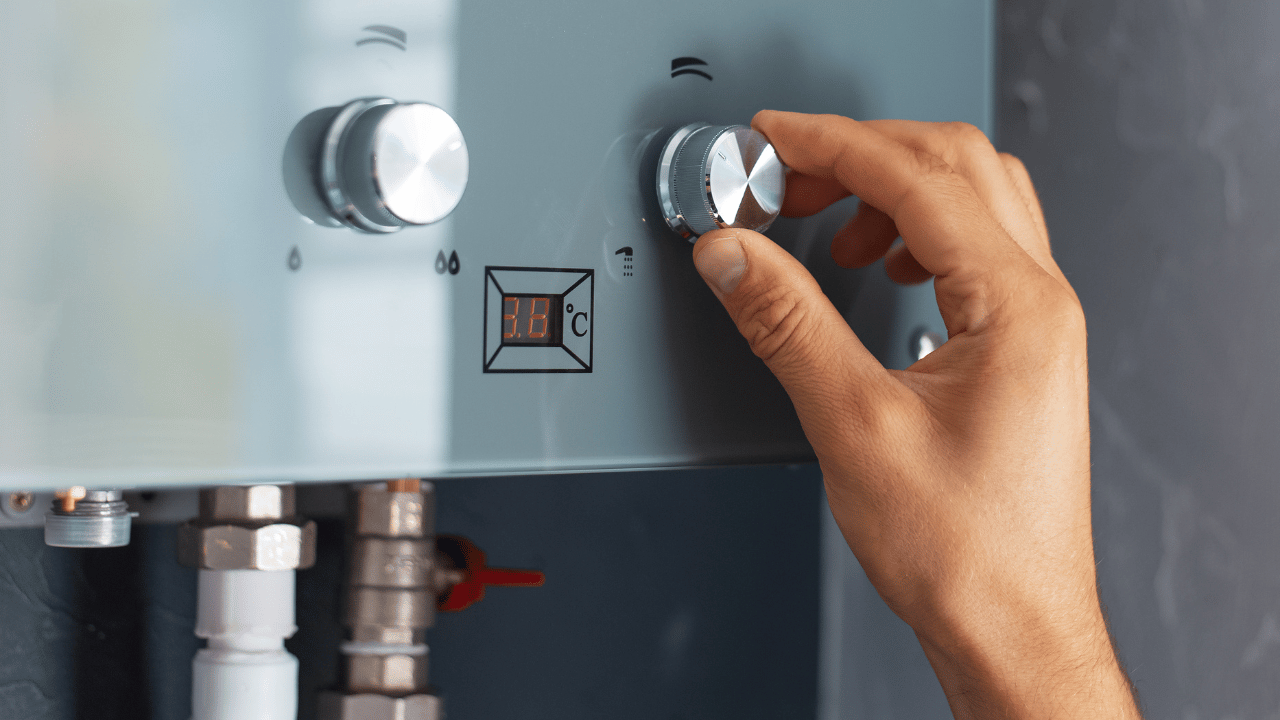
Water heaters are indispensable components of modern homes, ensuring a steady supply of hot water for showers, dishwashing, laundry, and more. When these appliances encounter issues, it’s essential to troubleshoot them for various reasons:
- Safety Concerns: Both electric and gas water heaters can pose safety risks when they malfunction. Gas leaks, potential electrical faults, or dangerously high water temperatures can all result from unaddressed water heater problems. Troubleshooting allows homeowners to identify and rectify these issues before they escalate into serious hazards.
- Economic Considerations: A malfunctioning water heater can be far less energy-efficient than one in good working condition. This inefficiency can translate to higher utility bills over time. By troubleshooting and rectifying problems early, homeowners can ensure that their appliance operates at peak efficiency, saving money in the long run.
- Lifespan of the Appliance: Regularly troubleshooting and addressing minor issues can significantly extend the lifespan of a water heater. This proactive approach prevents small problems from developing into major malfunctions, thereby ensuring the appliance serves the household for many years.
- Consistent Hot Water Supply: No one enjoys a cold shower on a chilly morning. Troubleshooting ensures that the water heater delivers a consistent supply of hot water, maintaining comfort and convenience for all household members.
- Prevention of Water Damage: Certain malfunctions, like leaks, can lead to water damage if not addressed promptly. By regularly troubleshooting your water heater, you can identify potential leak sources and fix them before they cause damage to your home and possessions.
- Cost-Effective Repairs: Early detection of problems through troubleshooting can lead to more affordable repair solutions. Letting issues fester can often result in more extensive damages, leading to costlier repairs or even the necessity of replacing the entire unit.
- Environmental Responsibility: A well-functioning water heater is more energy-efficient and environmentally friendly. Troubleshooting can help reduce the appliance’s carbon footprint, ensuring it operates with minimal waste and energy consumption.
Conclusion
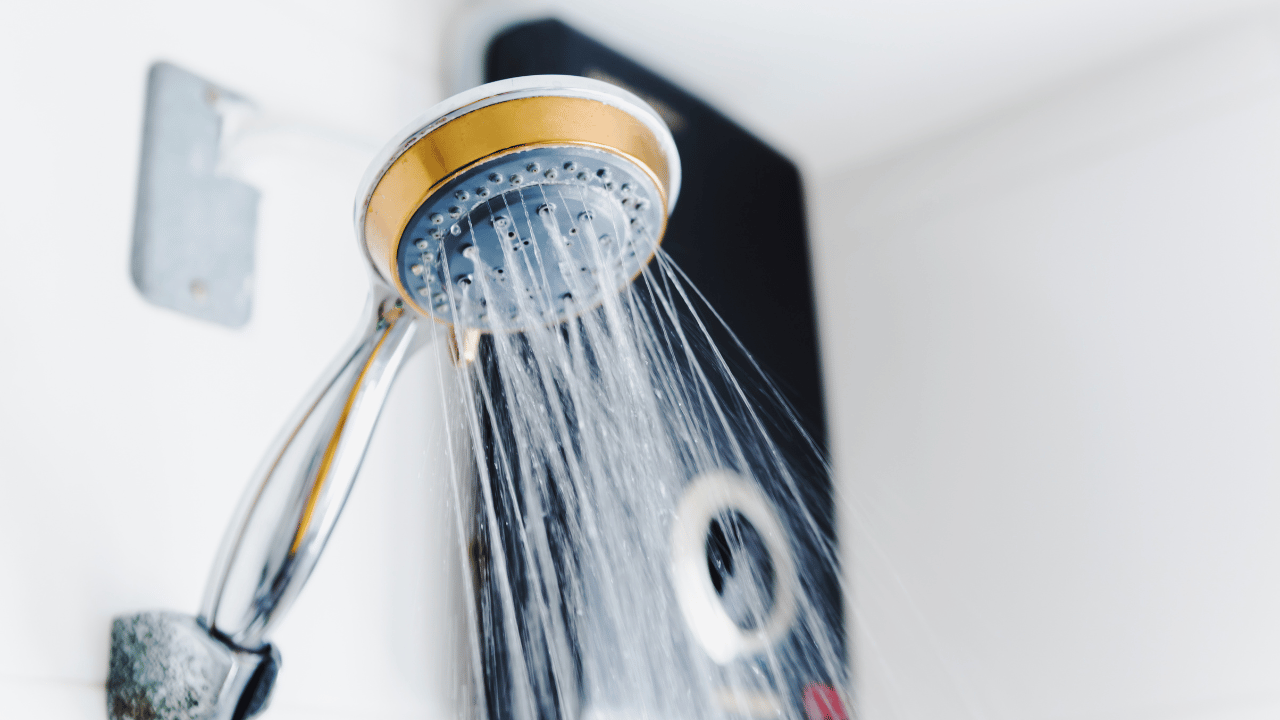
Our homes are complex ecosystems, with each appliance playing its vital role to ensure comfort and functionality. Among these, the water heater stands as a silent sentinel, diligently providing the luxury of hot water at our beck and call. Yet, like all things mechanical, it’s prone to hitches and hiccups. This Water Heater Troubleshooting Guide has equipped you with the knowledge to confront and decipher most common issues that may arise. While some problems can be quickly remedied with a little know-how, others might require professional intervention. Regardless of the situation, understanding the basics of troubleshooting empowers homeowners to make informed decisions, ensuring the longevity of the appliance and the safety of the household. Remember, a well-maintained water heater doesn’t just provide hot water; it offers peace of mind.
Also, regular troubleshooting of your water heater is not just a matter of convenience but a crucial practice for safety, economic efficiency, and environmental responsibility. It ensures that you enjoy a steady supply of hot water without unexpected disruptions or exorbitant costs.
